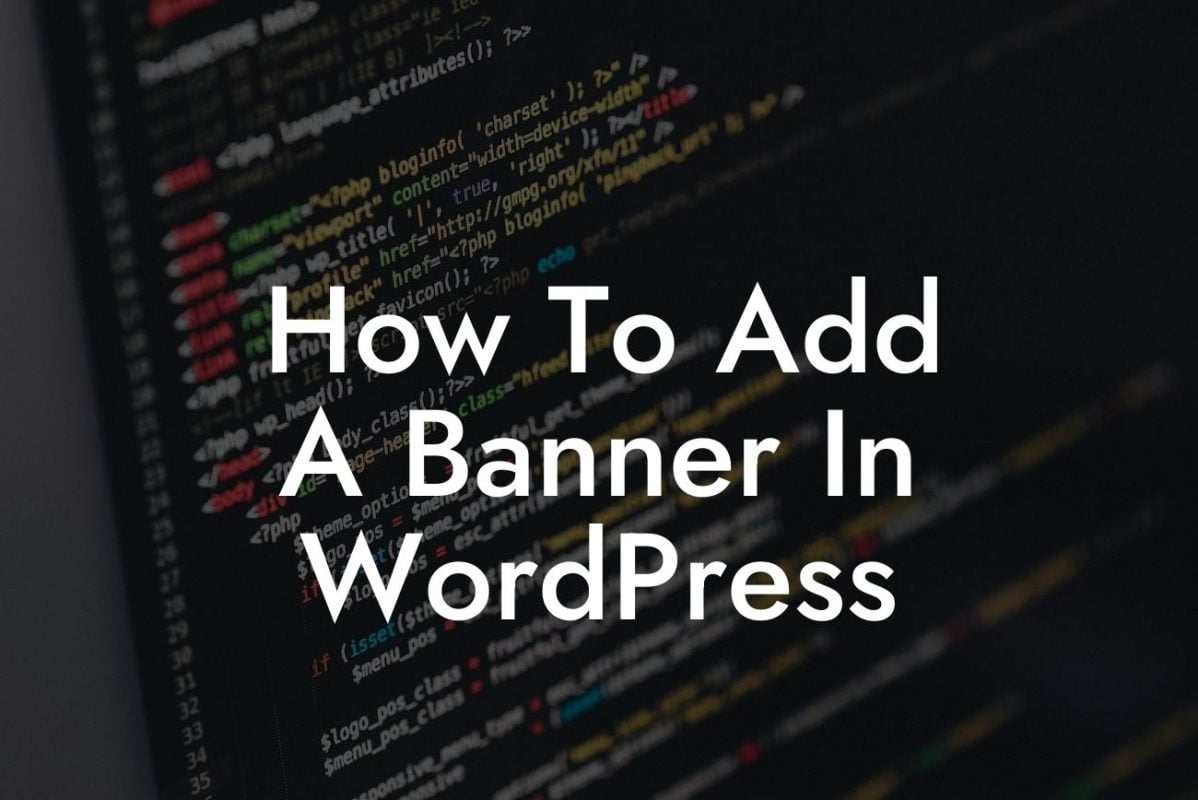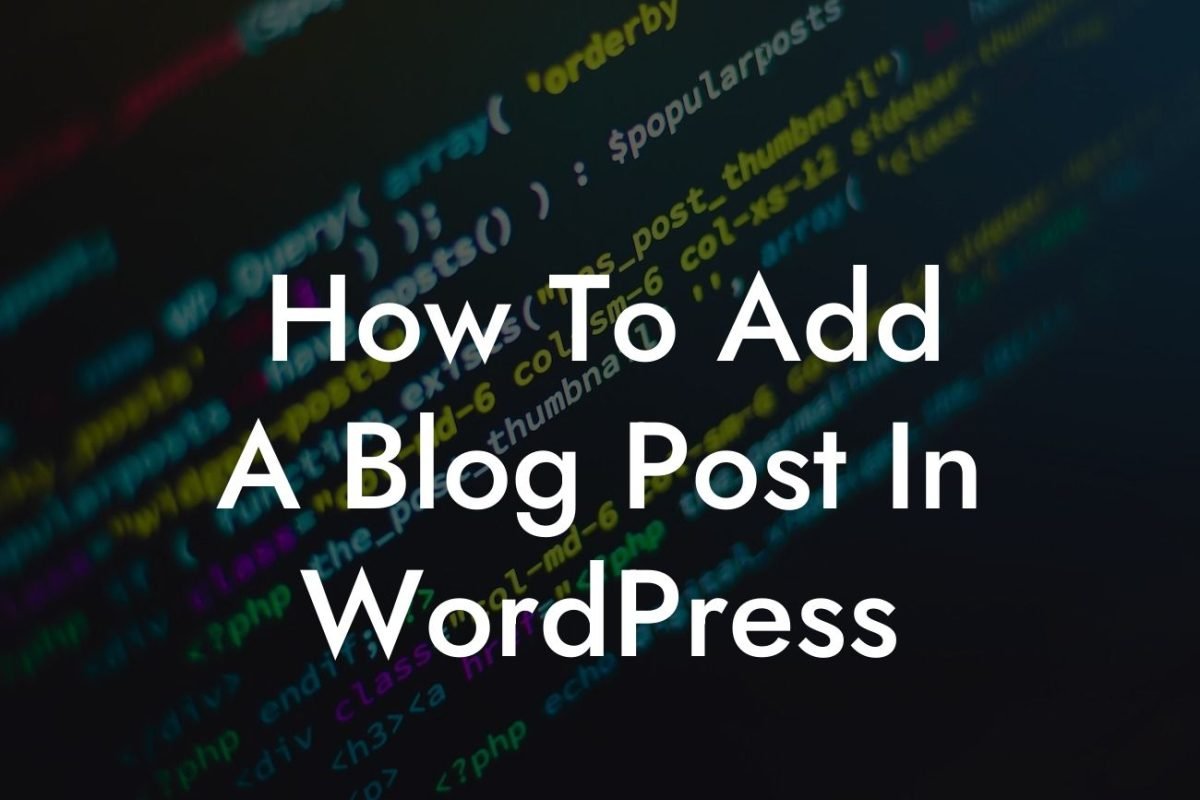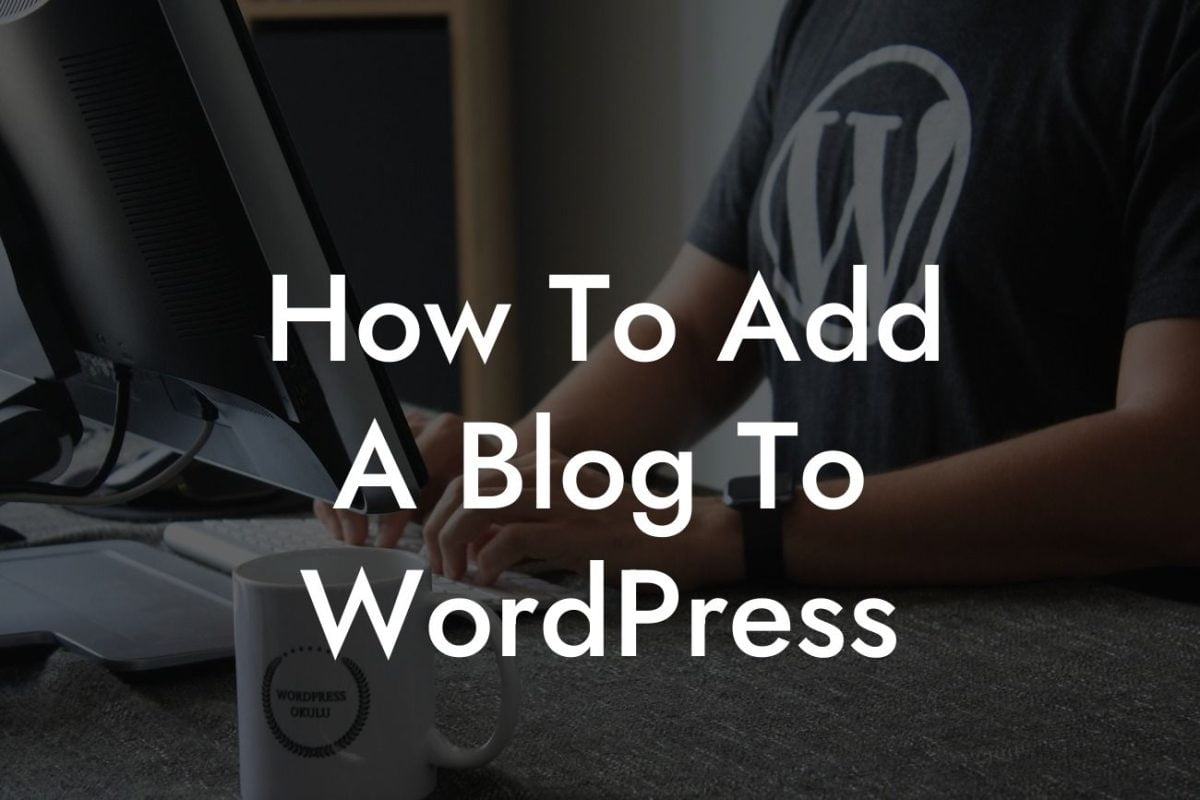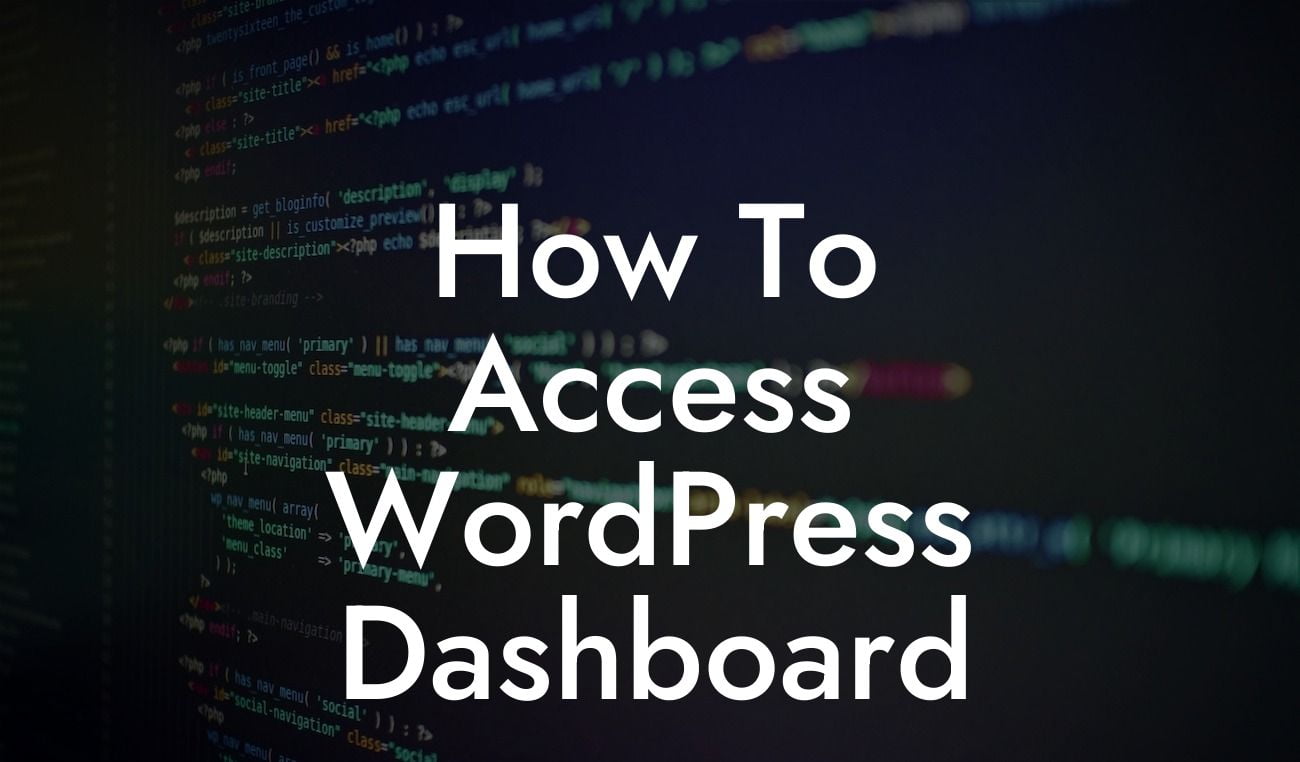Embedding an iframe in WordPress can open up a world of possibilities for your website. Whether you want to add interactive maps, videos, calendars, or other external content, iframes provide an easy and efficient way to do so. In this guide, we will walk you through the process of embedding iframes in your WordPress site, step by step. Get ready to take your website's functionality to the next level!
Embedding an iframe may sound complex, but fear not. With WordPress, it becomes a straightforward task that even beginners can accomplish. Let's dive into the detailed steps:
1. Choose where you want to embed the iframe: Firstly, identify the specific page or post where you want to include the iframe. Whether it's your homepage, a blog post, or a dedicated landing page, make sure you have the appropriate location in mind.
2. Locate the iframe code: Once you have the webpage or content you want to embed, find the iframe code. Most websites provide a ready-made iframe snippet that you can copy. If not, you can generate an iframe code using services like YouTube or Google Maps.
3. Open the WordPress editor: Navigate to your WordPress dashboard and access the editor for the desired page or post. It could be the Gutenberg editor or the classic editor, depending on your setup.
Looking For a Custom QuickBook Integration?
4. Switch to the Text or HTML editor mode: In the WordPress editor, switch from the Visual mode to the Text or HTML mode. Doing so allows you to directly insert the iframe code into the page's source code.
5. Paste the iframe code: Position your cursor where you want the iframe to appear within your content. Then, paste the iframe code you copied earlier. It should look something like .
6. Customize the iframe attributes: Optionally, you can modify the attributes of your iframe to match your requirements. You can adjust the width, height, frameborder, scrolling, or any other available attribute. Ensure you double-check the values to avoid any rendering issues.
How To Embed Iframe In Wordpress Example:
Imagine you're creating a website for a travel agency that wants to display an interactive map showcasing the locations they offer tours to. By embedding an iframe from a mapping service, you can provide an engaging and user-friendly experience for visitors. They can explore different destinations and get a visual representation of the agency's offerings – all on a single webpage.
Congratulations! You've successfully learned how to embed iframes in WordPress. By incorporating iframes into your website, you can effortlessly enrich your content and enhance user interactivity. Remember to experiment with various iframes, such as videos, interactive forms, or calendars, to make your website stand out.
Don't forget to share this guide with others who might find it helpful. Keep exploring other valuable resources on DamnWoo, where we're dedicated to providing you with the latest tips, tutorials, and plugins to maximize your online presence. Try out our awesome plugins and take your website's functionality to new heights. Stay tuned for more exciting content to help you thrive in the digital world!
Now it's your turn to put your newfound iframe embedding skills into action. Start creating a more engaging and dynamic website today!













